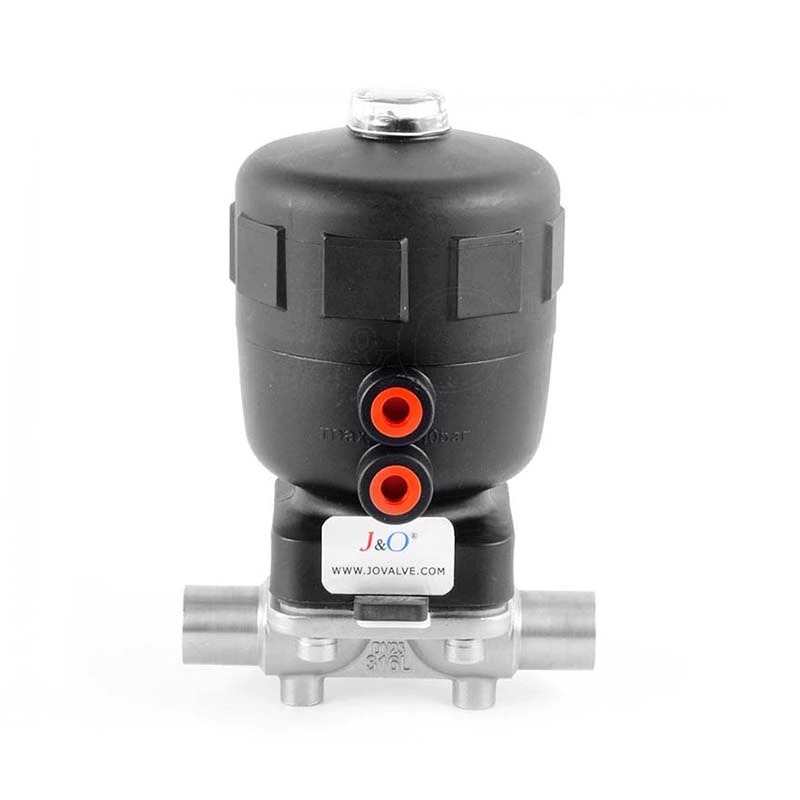How Do I Test The Materials And Components Of Sanitary Diaphragm Valves?
Sanitary Diaphragm Valve is suitable for water, gas, oil and corrosive media in the fields of chemical, petroleum, metallurgy and other mechanical equipment. The sanitary diaphragm valve is remotely controlled by a drive device or manually operated by a handle. The drive device has three standards: normally closed, normally open and gas-to-gas. So do you know the materials and tests of sanitary diaphragm valves?
Material of sanitary diaphragm valve:
Valve body: SUS316L iron-free alloy
Diaphragm: silicone rubber
Valve body: SUS316L
Diaphragm: PTFE composite diaphragm, PTFE double-layer diaphragm, high-strength EPDM, fluororubber, high-strength white silicone.
Test of sanitary diaphragm valve:
Lining layer: spark detection
Test and inspection according to GB/T 13927 standard
Nominal pressure: PN (MPa)
Valve body: PN×1.5
Seal: PN×1.1
Sanitary diaphragm valve has simple structure, beautiful shape, quick disassembly and assembly, and flexible operation. The sanitary diaphragm valve has a flexible diaphragm or a combined diaphragm installed in the valve body and the valve cover, and its closing member is a compression device connected to the diaphragm. The valve seat can be a weir-shaped pipe wall of the straight-through flow channel. The advantage of the sanitary diaphragm valve is that its operating mechanism is separated from the medium passage, which not only ensures the purity of the working medium, but also prevents the possibility of the medium in the pipeline impacting the working parts of the operating mechanism.
